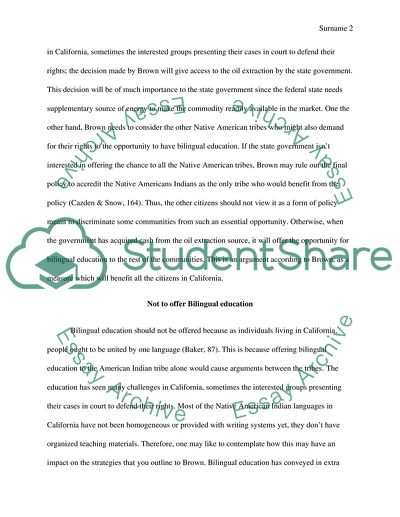Cite this document
(Analysis of Bilingual Education in the United States Research Paper - 1, n.d.)
Analysis of Bilingual Education in the United States Research Paper - 1. Retrieved from https://studentshare.org/education/1762790-bilingual-education
Analysis of Bilingual Education in the United States Research Paper - 1. Retrieved from https://studentshare.org/education/1762790-bilingual-education
(Analysis of Bilingual Education in the United States Research Paper - 1)
Analysis of Bilingual Education in the United States Research Paper - 1. https://studentshare.org/education/1762790-bilingual-education.
Analysis of Bilingual Education in the United States Research Paper - 1. https://studentshare.org/education/1762790-bilingual-education.
“Analysis of Bilingual Education in the United States Research Paper - 1”, n.d. https://studentshare.org/education/1762790-bilingual-education.


